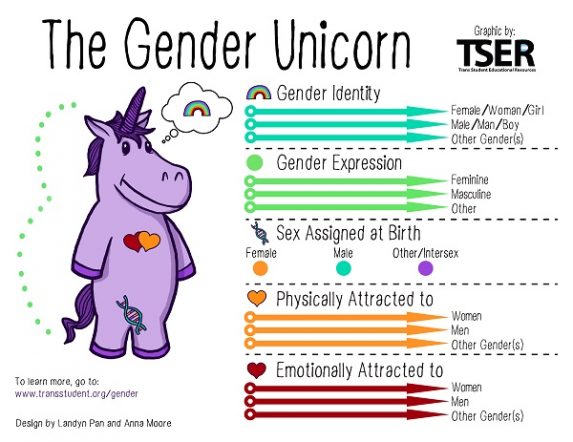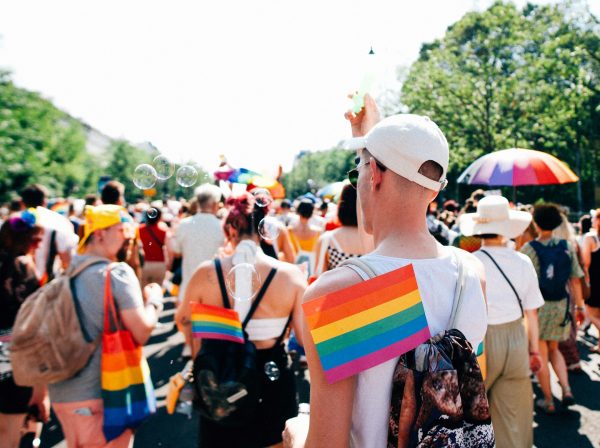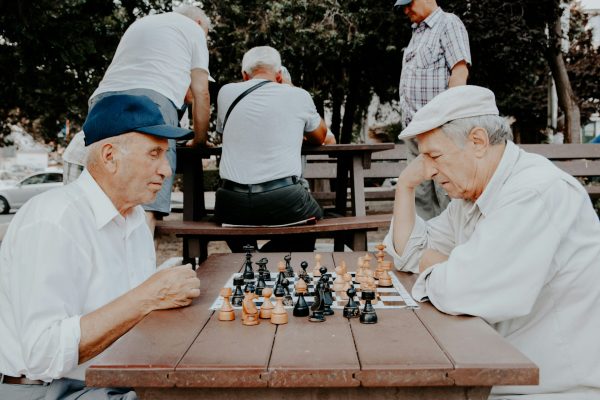It’s not hard to see that the LGBTQIA+ community is a minority, and that struggles are often unavoidable. Unfortunately, these challenges are especially apparent in academic environments. Even though people may be assumed as “open-minded” or “totally accepting,” it can still be hard to embrace a heteronormative school setting when you identify with the LGBTQIA+ Community. Here are some problems that can arise and some advice on how to handle them, whether you’re a student or an educator.
1. Being Misgendered
I work in a retail store that caters, in our gendered clothing world, to women. Oftentimes when individuals come in, my coworkers will say things like, “Hey ladies.” My question is, what if that person identifies as nonbinary or transgender? We can also see this in the use of ma’am and sir, assuming what someone uses by how they look.
A third way people can be misgendered is using pronouns. In our binary society with our strict gender divide, most individuals identify as she, her, hers or he, him, his. Those dichotomies automatically lead to misgendering someone. When asked how people decide what pronouns to use, most people go by appearance and this is a huge problem. Additionally, not everyone uses binary pronouns. There is a whole list of pronouns such as they, them, theirs or ze, zem, zirs for those who may not identify with the rigid, binary genders of masculine or feminine.
So what do you do?
If you are misgendered, I advise you to correct the person who did so. This gives a chance for great educational moments as well as the freedom to express your gender identity. However, I am not suggesting you correct retail store workers when they say “hey ladies” because I’ve learned that in the retail world, gender is all too often assumed. I think it is just something that will have to be accepted until clothing and products become more gender inclusive. Hopefully, that day comes soon. For pronouns though, I totally suggest correcting people. If they use the wrong pronouns, simply say, “actually my pronouns are [insert your pronouns].” Another way to stop this from happening would be to start introducing yourself with your pronouns. This can be hard and I admit I don’t practice what I preach, but I think it’s something we should all work on.
If you’re an educator reading this, first of all, you’re rad! To avoid misgendering your students, if you do anything, have them introduce themselves with their pronouns on the first day of classes. Also, if possible, get in touch before the first day to make sure the name on the roster is the name they go by.
2. Promoting Inclusivity
Being a student member or ally of the LGBTQIA+ community can really heighten your vigilance when conversations are not inclusive of gender identities, sexual orientations, racial identities, and disabilities. This can be seen in academia, including film courses; maybe only watching films that bring visibility to certain marginalized communities. Human sexuality and health classes might also present exclusion when not talking about same-sex sexual experiences and protection. It is a great skill to recognize these instances and definitely a chance for educational moments. But how, you ask?
What can you do?
As a student, if you recognize this lack of inclusivity, try thinking a little bit more about the situation. Is there a way the curriculum can be changed and have the subject matter be taught more inclusively? Do you have any ideas? Are you passionate or interested in the course? How well do you know the teacher or professor? If you have suggestions and are comfortable and confident discussing your ideas, you should definitely go for it. Try and meet with the teacher or professor after class or in their office hours and seek feedback. At the very least they may change the course for next year or the following semester. If you’re an educator reading this, try and implement different identities into your coursework. Can you assign an LGBTQIA+ related novel for your literature class? Can you watch And the Band Played On or Before Stonewall in your history and/or film course? Can you have students write a paper about their identities in an English class? Can you focus on healthy sexuality for the LGBTQIA+ community in a relevant class? Inclusive education really goes a long way, promotes a safe climate, and can set a great standard for other classes.
3. Discrimination
Identifying within the LGBTQIA+ community can oftentimes make one seem different. Let’s remember that queer can also be defined as “out of the ordinary.” Since we live in a society where most people just want to be normal, this identity can sometimes lead to discrimination. This is evident when choosing friends, leaving one behind after they come out, or just unfair treatment.
So what can you do?
If you’re blatantly discriminated against, you totally have the right to question it, especially in a classroom setting. Why do you always misgender me? Why do you call on me in class? How come my LGBTQIA+ topics never get approved? How come you don’t stop the other students from bullying me? Unfortunately, we do not live in a world where all classrooms are inclusive and where all educators are educated on the LGBTQIA+ community. However, you have the right to be treated fairly and you should definitely bring it up to school professionals if you do not feel safe in class or feel that your identity is stopping you from being treated equally.
In regards to dealing with discrimination from friends, sometimes we have to face the fact that not everyone is accepting of the LGBTQIA+ community. If they can’t respect you for who you are, you are better off without them in your life.
The mistreatment and marginalization of LGBTQIA+ individuals is a serious, but commonplace occurrence. While this is not acceptable anywhere, it certainly should not happen in educational settings. Hopefully, this gives you some ideas as members or allies of the community in order to help stop this maltreatment and move forward in the LGBTQIA+ movement, especially at the dawning of the new year.






